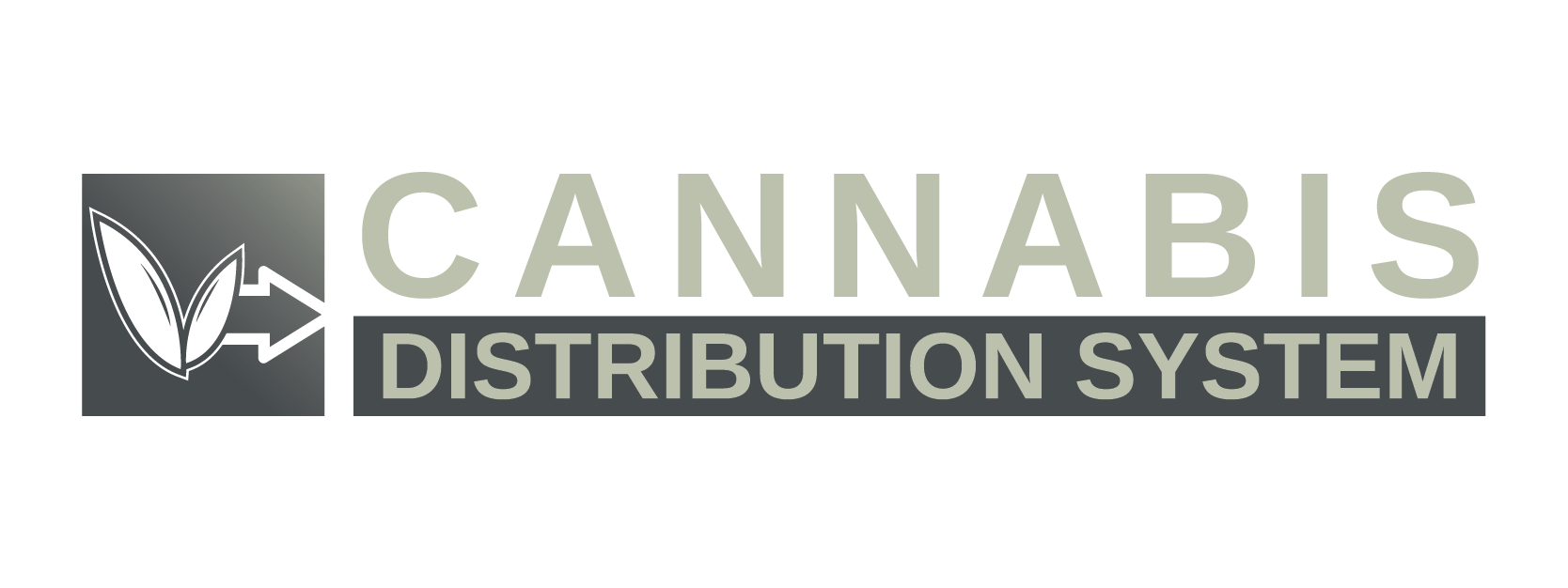In today’s fast-moving cannabis market, consumers expect speed, reliability, and product variety. Behind every smooth delivery is a finely tuned distribution system working in lockstep. Delivery and distribution are not separate operations—they’re a tightly connected duo that ensures cannabis products move from cultivation sites to customers’ doors without a hitch.
Let’s take a closer look at how these two essential components work together to keep cannabis orders flowing.
The Role of Distribution: Organizing the Flow
Distribution is the engine room of the cannabis supply chain. After cultivation and testing, products make their way to distribution centers where they’re stored, labeled, and prepared for sale. Distributors manage wholesale transactions between brands and retailers, handling logistics, compliance paperwork, and inventory control.
In regulated states, these distribution hubs must comply with seed-to-sale tracking systems like METRC or BioTrack. They’re also responsible for manifest creation, secure transport coordination, and ensuring products are labeled correctly before they ever leave the facility.
Without a strong distribution backbone, delivery drivers would be left scrambling with mismatched products, inaccurate manifests, and compliance nightmares.
Delivery: The Last Mile, Done Right
Once the products are organized and ready to go, the delivery team takes over. Whether it’s B2B transfers to dispensaries or direct-to-consumer home delivery, the delivery operation is only as effective as the systems supporting it.
Drivers depend on up-to-date inventory, efficient routing, and accurate manifests—all of which are created and shared by the distribution partner. Cannabis deliveries also require strict compliance procedures, including secure vehicle storage, route tracking, and ID verification upon handoff.
In states where delivery is booming, such as California, Colorado, and Massachusetts, this final mile is where businesses win or lose customer loyalty. Delays, incorrect orders, or compliance issues can cost valuable trust and lead to penalties.
Syncing Systems for Real-Time Accuracy
Delivery and distribution must communicate constantly. This is where integrated technology platforms come in. Cannabis companies increasingly rely on inventory management and logistics software to sync inventory across multiple locations and keep orders moving efficiently.
With the right tech in place, distributors can alert delivery teams the moment stock levels change, helping to avoid delays and cancellations. Likewise, real-time sync helps batch customer orders by location, improving delivery times and reducing fuel costs.
This digital handshake between systems ensures the customer gets what they want, when they want it—without the headaches.
Compliance Ties It All Together
Every transfer of cannabis—whether it’s from warehouse to retailer or warehouse to consumer—needs to be documented through a compliant transport manifest. These documents are generated by distributors and passed to delivery drivers, who are required to carry them during every trip.
This helps regulatory agencies track cannabis as it moves through the supply chain and provides legal protection in the event of audits or inspections.
If delivery and distribution teams aren’t on the same page, mistakes can lead to seized products, fines, or worse.
Collaboration = Consistency
When distribution teams and delivery drivers work together, customers notice. Orders arrive faster, with fewer errors. Inventory is fresher and better stocked. Compliance issues are avoided, and brands build trust with both regulators and buyers.
The most successful cannabis companies treat delivery and distribution as a single, unified workflow—not two departments with different goals. As the market grows more competitive and customer expectations rise, that synergy will be the difference between growing and falling behind.
News read: U.S. Cannabis Distribution Companies Navigate Growth Amid Regulatory Challenges



